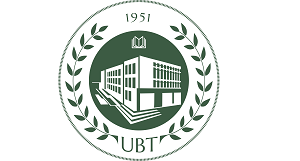ALBAN LIKA1*, FRANCESCO GALIOTO1, DAVIDE VIAGGI1
1Full Department of Agricultural Sciences, University of Bologna, Via G. Fanin, 44, 40127 Bologna, Italy
alban.lika3@unibo.it; francesco.galigoto@unibo.it; davide.viaggi@unibo.it
*Corresponding author e-mail: alban.lika3@unibo.it
Abstract:
The paper develops a water pricing strategy for irrigate agriculture under conditions of asymmetric information and explores a pricing strategy which tries to link water tariffs with the irrigation water supply costs on the bases of farms water use. While analysing this phenomenon the attention is given to the moral hazard problem and also examine how transaction costs affect the social benefit and the WA’s pricing strategy. The analysis is based on a principal-agent model implemented as a mathematical non-linear programming model. In addition an empirical example is drawn which illustrated conditions of under what level of monitoring intensity monitoring technology is effective. The numerical example show that the WA’s has a trade-off between setting the level of monitoring intensity and costs arising from monitoring. In addition for high water cost level (water supply cost and transaction costs) the WA’s monitoring intensity increases. This result indicate that when water supply costs are large, the gain by increasing monitoring intensity in order to prevent any cheating action by farmers is greater than the loss due to cost of monitoring. The study concludes by showing that for increasing transaction costs level the pricing strategy shift to a more costly allocation mechanism showed by the decrease of the social benefit.
Keywords: moral hazard, water pricing, transaction costs, monitoring, principal agent model

